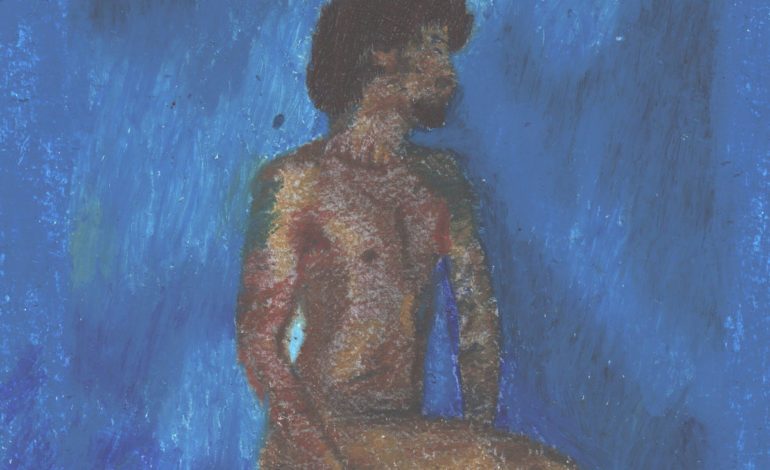

Audio impressionism
Yves Jarvis has been generating quite a bit of buzz with his unique brand of freak-soul psychedelia, though many people may still be more familiar with his previous moniker, Un Blonde. Despite his age, the 22-year-old Canadian artist has accomplished quite a bit; from the indie rock sound of his band Faux Fur to his post-punk excursions as Un Blonde, Jarvis has shown that he doesn’t like to linger on any specific style for too long. This became increasingly evident on his 2016 album, Good Will Come to You, which illustrated his willingness to experiment with not only genre-bending but audio manipulation as well. On his new album, The Same But By Different Means, he’s shifted his style into even more experimental territory, to much success.
For an album boasting 22 tracks, this project is remarkably concise. While the majority of the songs on this album hover around two minutes in lengths, there are a handful of filler tracks which don’t even break the minute mark. But even then, some of these filler cuts have more to offer than the longer songs. For instance, the track “Time and Place” falls just short of forty seconds, yet manages to be one of the most interesting songs on the album, presenting itself as a psychedelic interpretation of the spiritual, featuring only stomps, claps, tambourine and layered vocals.
Jarvis has a pretty good sense of when a song has exhausted itself; very rarely on this album does a song go on for what feels like too long. He’s constantly adding and subtracting new elements, introducing new effects which keep the songs engaging and prevents the album from sounding redundant. Apart from the effects, a handful of his songs also feature some pretty unexpected beat changes. Track eight, “360,” goes from a finger-snapping upbeat ditty to a soul-soaked, organ-driven experience at the drop of a hat. The fact that the song, despite its relatively short runtime, manages to feel like two fully developed songs is pretty remarkable.
Jarvis’ sonic eclecticism really comes to the forefront on the instrumental tracks. This is evident on the track “Blue V,” which contains a menagerie of swirling organ sounds, electric piano and various percussion instruments (including a triangle!). Perhaps the most compelling track on the album is the second to last, “Exercise E,” which runs a little over three minutes and consists entirely of raw undulating synthesized noises drenched in echo. It’s hard to discern exactly where these sounds have originated from, but that’s not important. Jarvis employs an arsenal of effects to weave together a rich tapestry of sounds. This leaves the listener with a very tangible emptiness when it concludes; this track would’ve been the ideal closer.
As mentioned earlier, Jarvis’ has the ability to tell when a song should end, but his decision to close the album out with an eight-minute long freak folk song is questionable, to say the least. Up until now, he’s crafted a varied and constantly modulating atmosphere, but for some reason, he decided to abandon all of these endearing qualities in the final stretch. Instead, the listener is subjected to a tedious sound collage set to the backdrop of a monotonous two-chord progression played on a nylon string guitar. For the majority of the album, there was a sense of excitement as to what might come next, whereas now, it’s been replaced by a languishing for this song to end.
Somehow, Jarvis has successfully managed to incorporate a vast array of psychedelic textures and experimental effects into his music, all while avoiding the pitfall of pretentiousness. Many of the sounds presented on this album cannot be accurately conveyed by words. There is certainly a “you had to be there” sentiment involved with this project. Longtime fans of his might not be surprised to hear the direction he took with this album, but they’ll definitely be more than satisfied with it.
